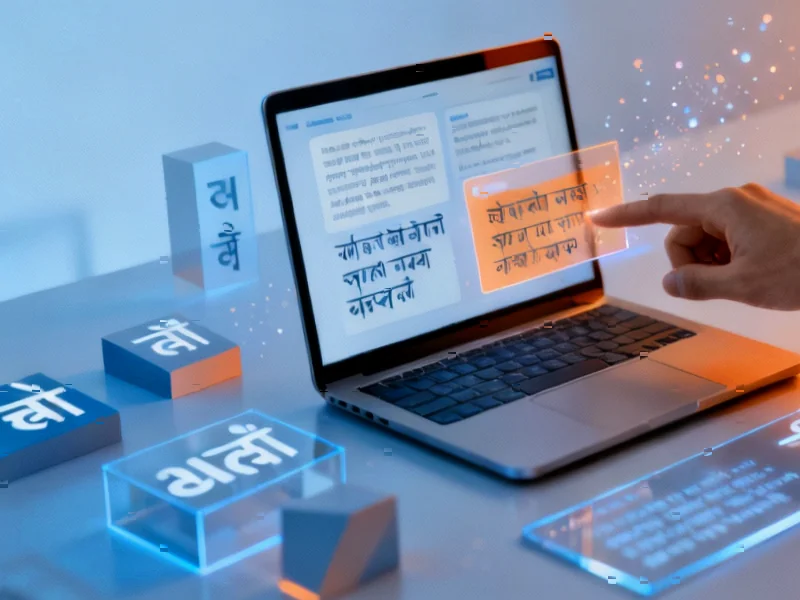AI Translation Shows Promise and Pitfalls in Healthcare
New research examining machine translation of patient discharge instructions reveals both the potential and limitations of current AI systems in clinical settings. According to findings published in npj Digital Medicine, ChatGPT-4o demonstrated variable performance across six languages, with particularly concerning results for digitally underrepresented languages including Armenian and Somali.
Table of Contents
The study represents one of the first comprehensive evaluations of human-in-the-loop approaches for medical translation, incorporating perspectives from linguists, clinicians, and family caregivers. Researchers found that while AI translation alone showed inconsistent quality, combining machine translation with human oversight produced results comparable to professional translations while dramatically reducing turnaround times.
The Digital Language Divide
What emerges from the analysis is a clear pattern of what researchers call the “digital language divide.” Languages with substantial digital footprints like Spanish showed relatively strong performance, while those with less digital representation consistently underperformed.
“This variation appears directly tied to the composition of training data,” the report notes, highlighting a fundamental challenge for all generative AI systems. The quality of machine translation output depends heavily on the volume and quality of data available for each language during model training.
Interestingly, Bengali—traditionally considered digitally underrepresented—performed surprisingly well in the evaluation, receiving domain-level ratings similar to professional translations. This suggests that blanket assumptions about language performance may be misleading, and individualized validation remains essential.
Human Oversight Bridges the Gap
Perhaps the most promising finding involves the effectiveness of human-in-the-loop approaches. When human experts reviewed and refined ChatGPT-4o’s translations, the resulting quality matched or exceeded professional translations for most languages studied.
The hybrid approach proved particularly valuable for time-sensitive communications like discharge instructions and portal messages, where traditional translation services often require advance notice and longer turnaround times. “Human-in-the-loop was the most preferred translation modality across evaluator groups,” the researchers reported.
However, the benefits diminished for languages where machine translation outputs required substantial revision. Armenian translations, for instance, needed considerable human intervention to reach acceptable quality levels.
Multidisciplinary Perspectives Matter
The study broke new ground by incorporating diverse evaluator groups, including family caregivers who often serve as critical intermediaries in healthcare communications. Each group brought distinct priorities to the evaluation process.
According to the analysis, professional linguists tended to focus on adequacy and fluency, while clinicians and family caregivers prioritized clinical meaning regardless of linguistic structure. This divergence underscores why multiple perspectives are essential when evaluating translation quality for healthcare applications.
“These groups should be engaged within a responsible AI framework,” the researchers emphasized, “not only to define acceptable clinical workflows and use cases, but also to protect patient privacy and safety.”
Implementation Challenges and Opportunities
The research team acknowledged several limitations, including the relatively small number of source texts evaluated and the use of simple prompts that didn’t leverage more advanced techniques like iterative prompt engineering. They also noted moderate interrater reliability among evaluators, reflecting the inherent subjectivity in translation assessment.
Looking forward, the study suggests a tiered approach to implementation. For low-risk, non-clinical activities like appointment scheduling, fully automated translation might be appropriate for well-performing languages. For more complex clinical communications, human oversight remains essential—particularly for languages with documented performance gaps.
What’s clear from this research is that while AI has created unprecedented opportunities to improve linguistically-appropriate care, achieving equitable outcomes will require careful implementation strategies that combine technological capabilities with human expertise.



